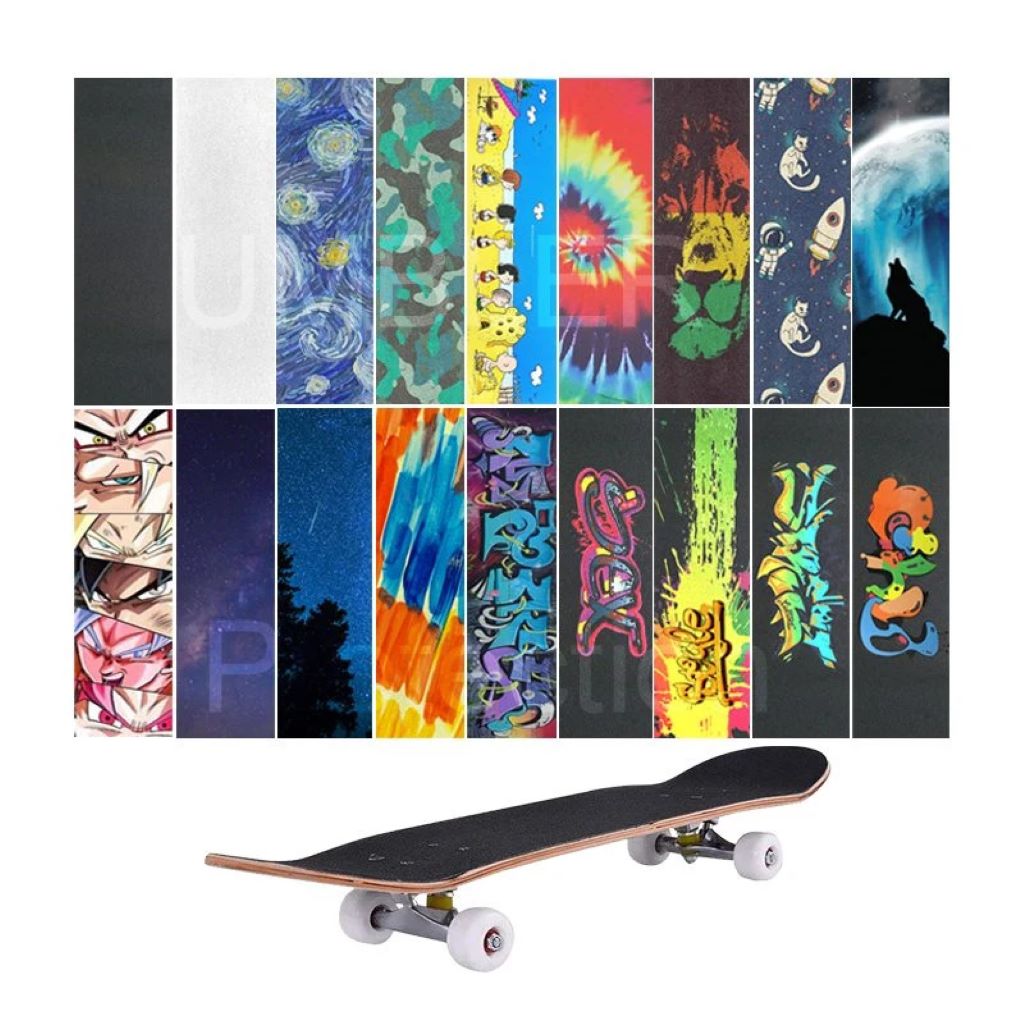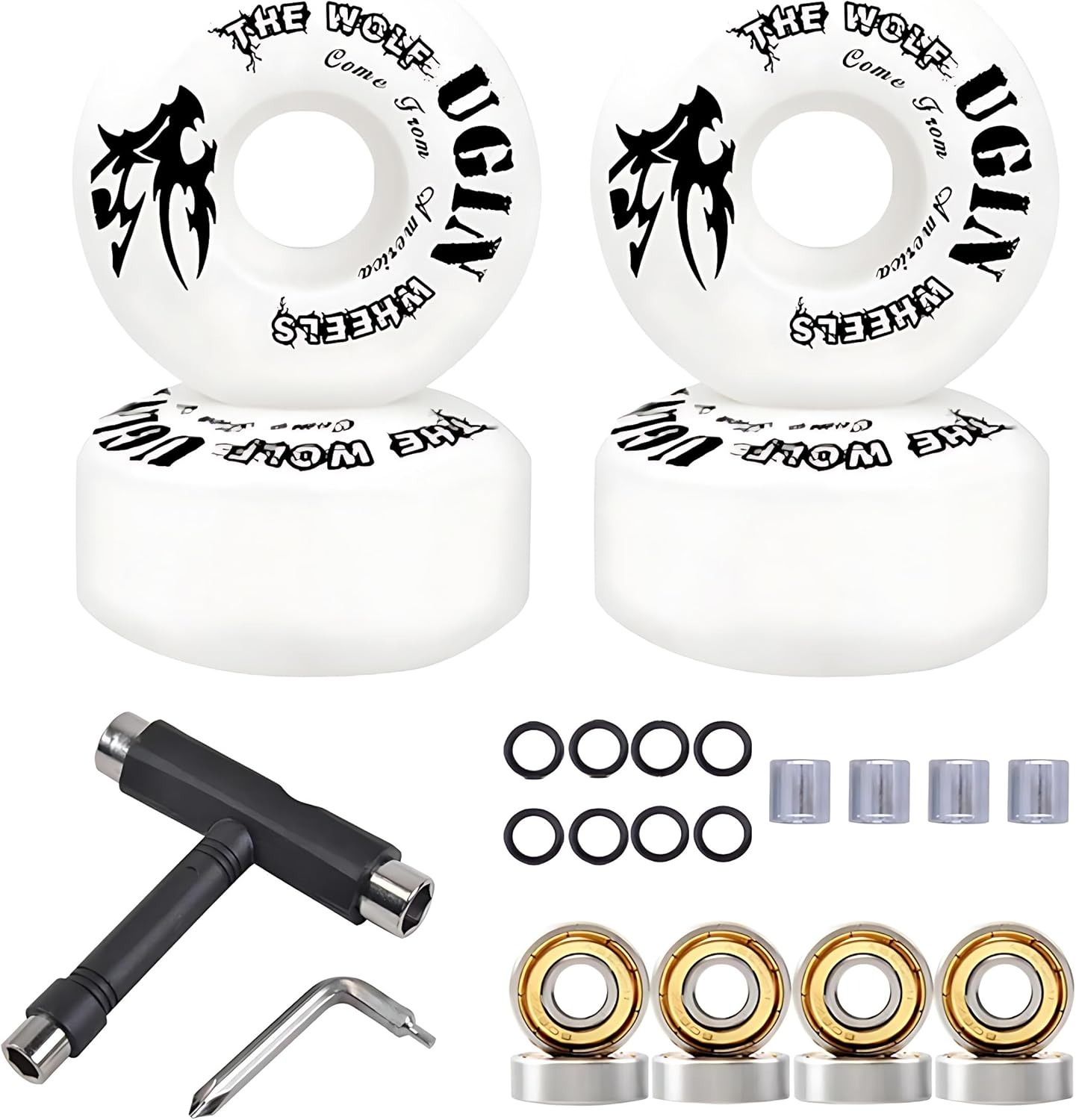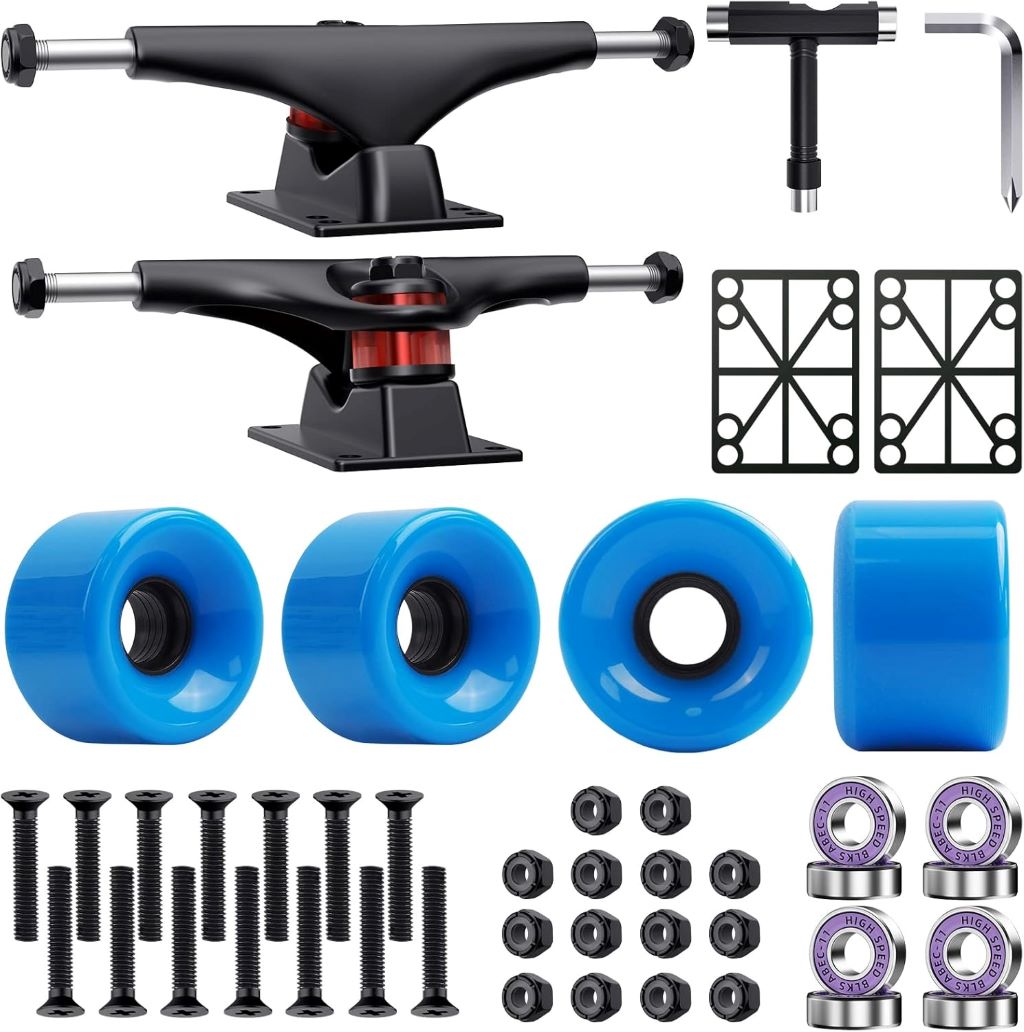Skateboarding isn’t just about tricks; it’s about feeling, control, and connection with your board. One crucial element that often gets overlooked is grip tape – that sandpapery surface on top. While it might seem like a simple accessory, the grit level of your grip tape can significantly impact your performance and overall experience.
What is Grip Tape Grit?
Grip tape grit refers to the coarseness of the abrasive particles on the tape. It’s measured in numbers, similar to sandpaper. Lower numbers indicate a smoother, less abrasive surface, while higher numbers mean a rougher, grippier feel.
Why Does Grip Tape Grit Matter?
The right grip tape grit can make a world of difference in your skating:
- Board Feel: Grit level directly affects how connected you feel to your board. A smoother grit offers a more slide-friendly surface, while a rougher grit provides maximum grip and control.
- Footwear: The type of shoes you wear plays a role too. Thicker-soled shoes might work better with a finer grit, as they naturally offer more cushioning.
- Tricks: The tricks you prefer to influence your choice. Smooth grinds and slides might call for a finer grit, while technical flip tricks might benefit from a more aggressive grip.
- Personal Preference: Ultimately, the best grit level is a matter of personal preference. Experiment to find what feels right for you.
Common Grip Tape Grit Levels
Most grip tape brands offer a range of grit levels, typically falling into these categories:
- Super Fine (60-80 Grit): This is the smoothest option, offering minimal abrasion. It’s great for cruising, longboards, and riders who prefer a slicker feel.
- Fine (90-100 Grit): A slightly rougher texture, this is a popular choice for all-around skating, balancing grip and slide-ability.
- Medium (110-120 Grit): This offers a more aggressive grip, ideal for technical street skating and riders who want maximum board control.
- Coarse (130+ Grit): The roughest option, this provides exceptional grip but can be abrasive on shoes and skin. It’s often favored by vert skaters and those who demand the most secure footing.
Choosing Your Grip Tape Grit: A Guide

Here are some factors to consider when making your decision:
- Your Skill Level: Beginners might find a medium grit to be a good starting point, offering a balance of grip and control without being too harsh.
- Your Preferred Style: Think about the type of skating you do most. Cruising and longboarding might call for a finer grit, while street and vert skating might benefit from a rougher texture.
- Your Shoes: Consider the thickness and material of your shoes. Thicker-soled shoes might pair well with a finer grit, while thinner shoes might require a rougher surface for adequate grip.
- Personal Comfort: Try out different grit levels if possible. Most skate shops have samples you can feel. Pay attention to what feels comfortable under your feet.
Related: Skateboard Deck Rails 101: Benefits, Types, and Installation
Beyond Grit: Other Grip Tape Considerations
Grit level isn’t the only factor to consider. Here are a few more:
- Perforations: Many grip tapes come with tiny holes to prevent air bubbles during application.
- Brand: Some brands are known for their quality and durability. Do some research to find one you trust.
- Graphics: Some grip tapes feature cool designs or patterns, adding a touch of personality to your board.
The Final Word
Choosing the right grip tape grit is a personal journey. It’s about finding the perfect balance between grip, control, and comfort that suits your unique style and preferences. Don’t be afraid to experiment – the right grip tape can unlock a whole new level of confidence and performance in your skating.




